Johns Hopkins promotes plan for sustainable, healthy environment
Dear Students, Faculty and Staff:
This past spring, I was pleased to receive a thoughtful and considered report from a multi-constituency task force convened to address how the university could enhance its contributions to the promotion of a sustainable and healthy environment. The report offered a series of recommendations that touched each of our research, education and community engagement missions. It also addressed the concrete ways in which the university could change and strengthen its operations so as to reduce its carbon footprint. Soon after I received the report, I wrote to you to indicate that, in concert with the deans and directors, we would embark on a planning and consultative process that would result in a clear and comprehensive response to the report’s recommendations, including a timeline for implementation.
Today, we are announcing the results of this planning process. Here are the highlights:
- The university will cut emissions of climate-changing carbon dioxide gas by more than half by 2025, from a projected total of 276,300 metric tons per year to fewer than 142,000.
- Through detailed data gathering and analysis over the past year, we already have identified ways to achieve – with an initial investment of $73 million — more than 57 percent of that goal, a reduction of more than 81,000 metric tons a year. This is a substantial achievement. Over the next several years, we will monitor closely the development of new technologies that will permit us to realize the remaining reductions at the lowest possible cost.
- We will create an Environment, Sustainability and Health Institute, bringing together faculty members from across the university. Consistent with our goal of nurturing multidisciplinary teaching and research activities, the institute will serve as a university gateway for collaboration on climate change and sustainability.
- A critical part of our plan is to collaborate with government and other partners in reducing the carbon footprint of our communities and our state. We will put Johns Hopkins knowledge to work. For instance, we are working already with Baltimore City on a project to train Johns Hopkins students to conduct energy audits for non-profit organizations.
- Although not included in the task force recommendations, we have decided to establish a new hub for student interest in and commitment to sustainability issues by converting the house located at 3105 N. Charles St. at the Homewood campus into a dedicated Sustainability House. The renovated building will be a headquarters for our sustainability efforts and it will be more than that: It will be a showcase and laboratory for energy conservation techniques and technologies.
Several aspects of the implementation plan are already well under way: We are, for instance, building a co-generation plant at Homewood and are about to launch two even larger co-generation projects in East Baltimore. Dean Nicholas Jones of the Whiting School of Engineering is leading interdivisional planning to lay the groundwork for the new institute; details will be announced in coming months. And we are about to launch a design process for the Sustainability House; we will be seeking student and faculty input.
The plans we’re announcing today put Johns Hopkins on a path toward a future defined by a vision of carbon net neutrality. But we are taking a hard-headed, practical approach focused on what is achievable now and over the next 15 years. And we’re also focused on measures that cut costs along with carbon dioxide. By the time we finish our initial $73 million investment in conservation measures, we expect to be saving $10 million a year in energy costs.
The bottom line: Johns Hopkins has harnessed its intellectual power to find cost-effective ways to reduce our reliance on electric power.
More details are available online at http://releases.jhu.edu/2010/03/11/climate
My deepest thanks go to all the members of the President’s Task Force on Climate Change and to the many university employees who have worked so hard over the past year to craft our implementation strategy.
Sincerely,
Ronald J. Daniels





